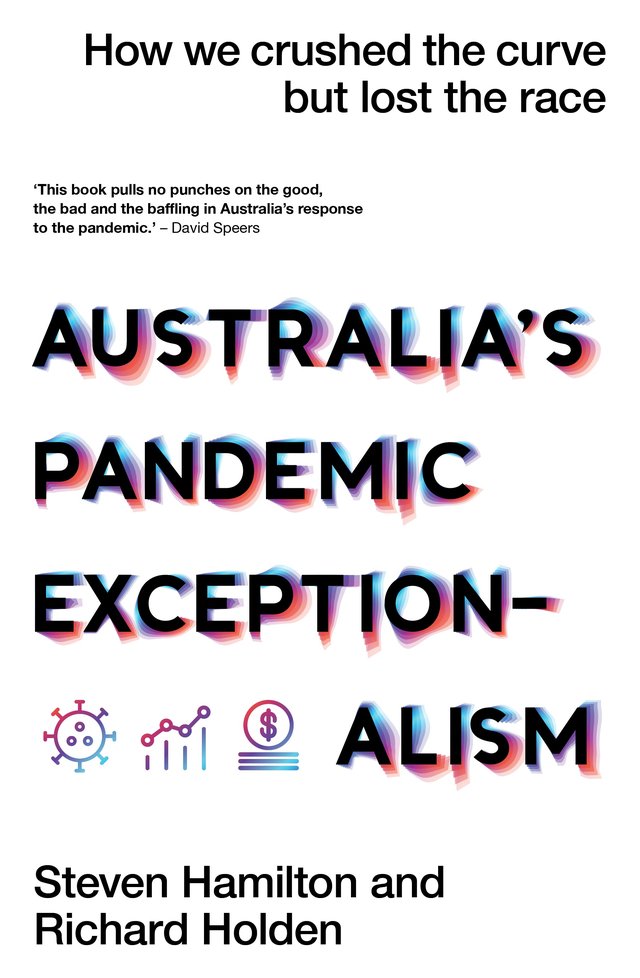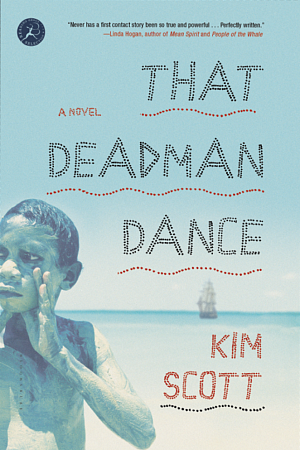Australian Literature and the Symbolist Movement
University of Wollongong Press, $36.95 pb, 176 pp
Mallarmé réchauffé
In one of Kenneth Slessor’s surviving notebooks now held in the National Library, there is a curious entry consisting of approximately eighty names. This appears to be a list of those people the poet counted as friends over his lifetime; many of the names are marked in pencil with the forlorn abbreviation ‘d’. What might a literary historian make of such a list? It might be evidence of a romantic sensibility, a sign of Slessor’s faith in the commemorative powers of language, arguably the precondition for writing elegiac poetry. On the other hand, the list might be held up as proof of a bleak modernism, indicative of Slessor’s existential anxiety, the names being little more than fragments shored against the ruins of time. Of course, the question of whether a particular poet should be regarded as a romantic or a modernist depends entirely on what is meant by those loaded terms. This is one of the pitfalls of literary history: its basic terms of inquiry are often equivocal.
Continue reading for only $10 per month. Subscribe and gain full access to Australian Book Review. Already a subscriber? Sign in. If you need assistance, feel free to contact us.











Leave a comment
If you are an ABR subscriber, you will need to sign in to post a comment.
If you have forgotten your sign in details, or if you receive an error message when trying to submit your comment, please email your comment (and the name of the article to which it relates) to ABR Comments. We will review your comment and, subject to approval, we will post it under your name.
Please note that all comments must be approved by ABR and comply with our Terms & Conditions.